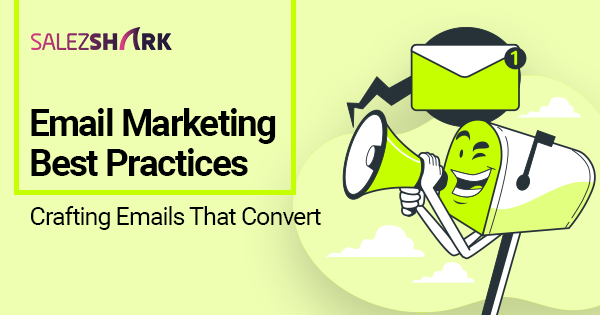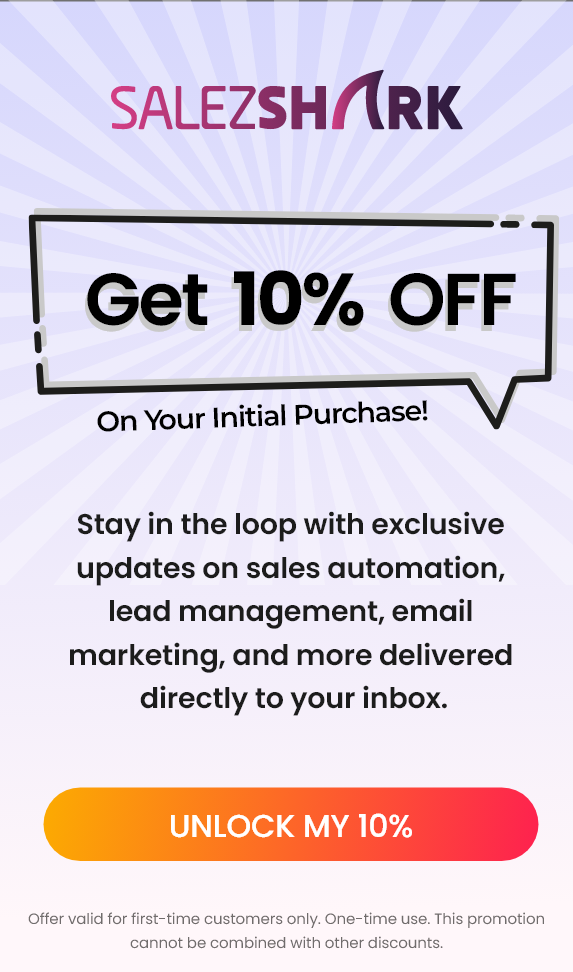Email marketing is still one of the most influential instruments of a marketer. Despite social media and other ways of communication, emails are still one of the best ways to connect with your audience more personally. Not all emails are going to take you that far, though. A perfect email needs creativity, strategic thinking, and knowledge about your audience.
Best Practices to Follow for Email Marketing
The following best practices will help you create an email that will make people act:
Understanding Your Audience
A deep understanding of your audience is the foundation of any successful email marketing campaign. This goes beyond knowing basic demographics; it’s about understanding their needs, preferences, and behaviors.
- Segment Your Audience: One-size-fits-all emails rarely work. By segmenting your audience based on factors like purchase history, engagement level, or demographic information, you can tailor your messages to be more relevant to each group. For example, a loyal customer might appreciate a sneak peek of new products, while a new subscriber might need more introductory content.
- Personalize Your Emails: Personalization can significantly boost your email’s effectiveness. Simple touches like using the recipient’s name in the subject line or body of the email can make a big difference. Advanced personalization might include product recommendations based on past purchases or tailored content that matches their interests.
Crafting Compelling Content
Once you have a clear understanding of who you’re talking to, the next step is creating content that resonates with them.
- Attention-Grabbing Subject Lines: Your subject line is the first thing recipients see, so it needs to grab their attention immediately. Keep it short, intriguing, and relevant. Phrases like “Exclusive Offer Just for You” or “Don’t Miss Out on Our Latest Update” can pique curiosity and encourage opens.
- Strong Opening Lines: After the subject line, your opening sentence needs to hook the reader. Start with something engaging, like a compelling question, a surprising fact, or a bold statement. For instance, “Did you know that 70% of consumers prefer email for brand communications?”
- Clear and Concise Messaging: People have short attention spans, especially when it comes to emails. Make sure your message is clear and to the point. Use short paragraphs, bullet points, and subheadings to break up text and make it easy to scan.
- Engaging Visuals: Visual elements like images, GIFs, and videos can make your emails more engaging. However, use them sparingly to avoid clutter. Ensure that all visuals are relevant to your message and add value.
Designing for Conversions
Your email should not only be engaging but also drive the recipient to take a specific action.
- Strong Call to Action (CTA): Your CTA is arguably the most crucial part of your email. It should be clear, compelling, and easy to find. Use action-oriented language like “Shop Now,” “Learn More,” or “Sign Up Today.” Also, make sure your CTA stands out visually with contrasting colors and ample white space around it.
- Mobile Optimization: A significant portion of your audience will read your emails on mobile devices. Ensure your emails are mobile-friendly by using responsive design, keeping subject lines short, and making CTAs easily clickable on smaller screens.
- A/B Testing: Continuously optimize your emails by testing different elements. A/B testing can help you understand what works best for your audience. Test subject lines, CTAs, images, and even sending times to see what drives the best results.
Also Read- Ways to Maximize Your Email Marketing
Monitoring and Optimizing
The work doesn’t stop after you send your email. Monitoring performance and making data-driven adjustments is key to improving your email marketing strategy.
- Track Key Metrics: Pay close attention to metrics like open rates, click-through rates (CTR), conversion rates, and unsubscribe rates. These metrics provide valuable insights into how your emails are performing and where there might be room for improvement.
- Analyze and Adapt: Use the data you collect to refine your approach. If a particular type of content or subject line performs well, consider incorporating more of that into future emails. Conversely, if something isn’t working, don’t be afraid to change it.
- Engagement Segmentation: Identify which segments of your audience are the most engaged and which are not. Tailor your approach accordingly, perhaps by offering exclusive content or incentives to re-engage less active subscribers.
Building Relationships
Finally, remember that email marketing is not just about making sales; it’s about building relationships with your audience.
- Consistent Communication: Regularly send emails to keep your audience engaged, but avoid bombarding them. Find a balance that maintains interest without overwhelming them.
- Value-Driven Content: Always strive to provide value in your emails. Whether it’s through informative content, special offers, or entertainment, your audience should feel that opening your emails is worth their time.
- Feedback Loop: Encourage feedback from your subscribers to understand their preferences better. Surveys, polls, or direct questions can provide insights that help you tailor your content more effectively.
Conclusion
In conclusion, email marketing remains a powerful tool for engaging with your audience and driving conversions. By understanding your audience, crafting compelling content, designing for conversions, monitoring performance, and building strong relationships, you can create emails that not only get opened but also inspire action. Remember, the key to successful email marketing is continuous learning and adaptation, so keep experimenting and refining your approach. Happy emailing!

